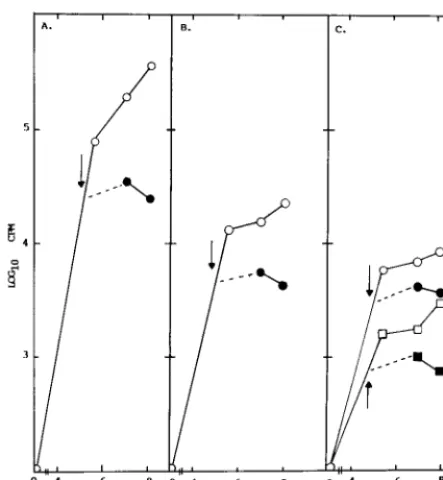Subgenomic Negative-Strand RNA Function during Mouse Hepatitis Virus Infection
Full text
Figure
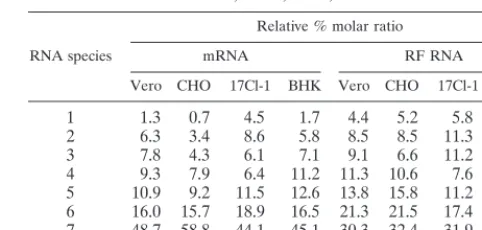
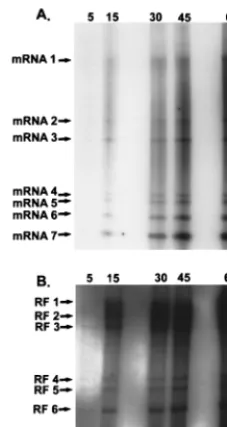
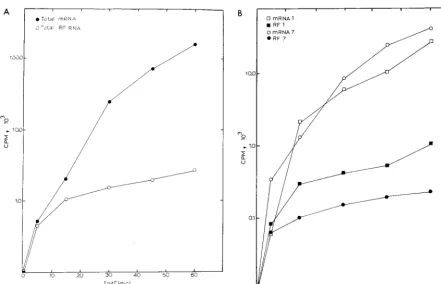
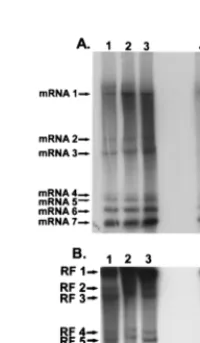
Related documents
Film-coating of tablets is a multivariate process, with many different factors, such as coating equipment, coating liquid, and process parameters which affect the pharmaceutical
Human immunodeficiency virus type 1 Gag protein is cotranslationally myristoylated at the N terminus and targeted to the plasma membrane, where virus particle assembly occurs..
Acute lung disease associated with low- dose pulse methotrexate therapy in patients with rheumatoid arthritis.. Pneumonitis complicating low-dose methotrexate therapy in
The analysis of cell extracts from infected SupT1 cells by West- ern blotting demonstrated expression of the mutant Vif pro- teins at levels similar to that of the wild type,
Immunofluorescence analysis also indicated similar relative numbers of MT-4 and AA-2 cells infected by wt and T26S virus at all time points analyzed (data not shown).. Fur-
Using as substrates a series of chimeric proteins containing various fragments of the hepatitis C virus precursor polyprotein between Escherichia coli maltose binding protein
The infectibility of the regenerating rat liver by ecotropic retroviruses was studied relative to the expression of the gene coding for the ecotropic retrovirus receptor (Ecor)
Un- fixed allogeneic cells were not used as antigen for the T-cell experiments since activation of the T cells from infected donors would have been obscured by the response of the
